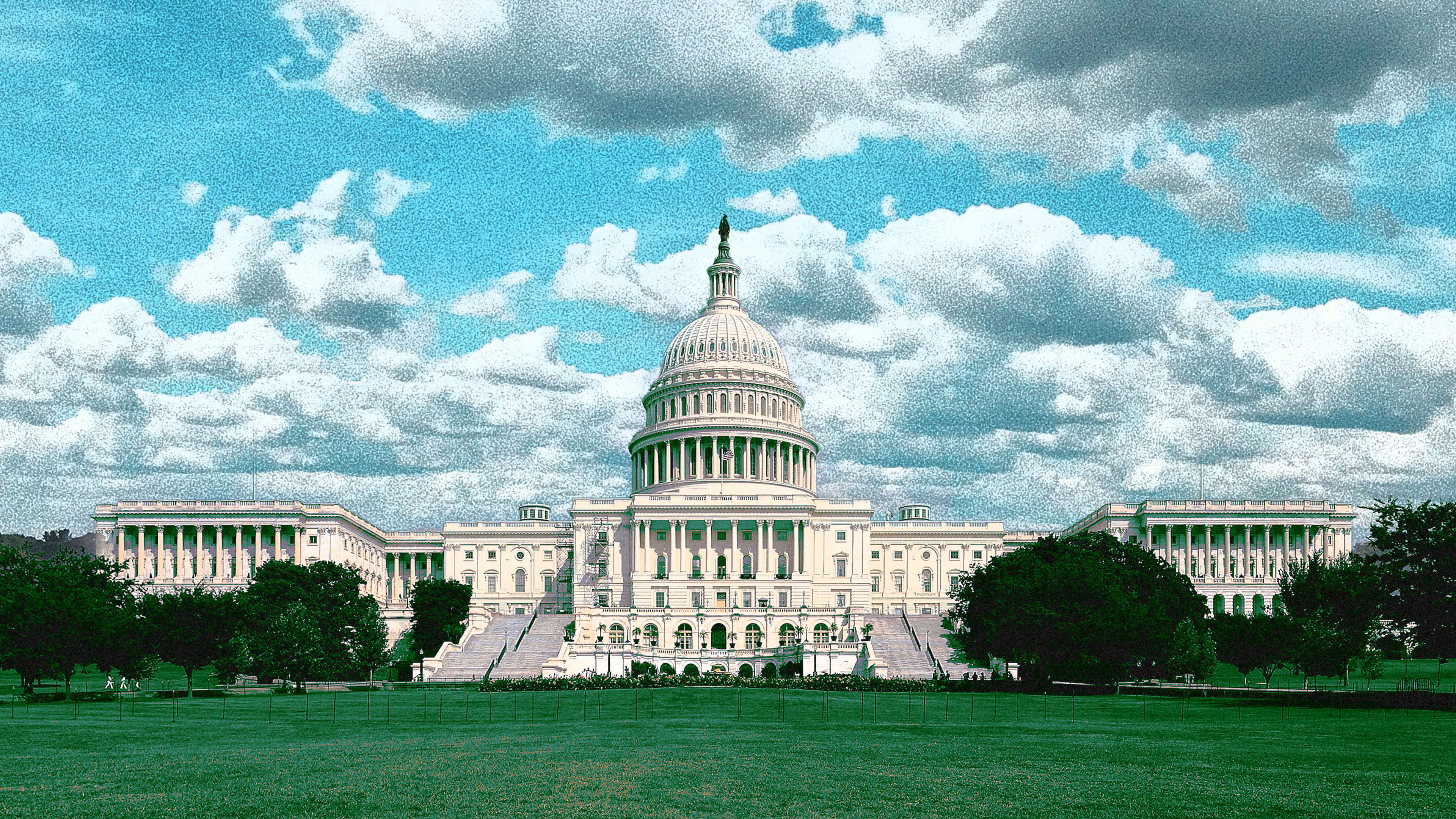The Inflation Reduction Act, which was signed into law last summer, is the U.S.’s largest-ever investment in clean and renewable energy. But it’s also a landmark policy for labor, tying $270 billion in tax incentives (of the bill’s $369 billion clean energy investment) to labor standards that will boost working conditions for those in clean energy jobs.
Those standards are set to go into effect on January 29, and labor advocates say it’s a historic opportunity to create a tremendous number of union jobs in the clean energy economy.
The IRA has tax credits that create financial incentives not only for developers to embark on more clean energy projects but also for those projects to meet high labor standards. Companies can get a 30% tax credit on their qualifying projects—from offshore wind to solar construction to energy storage—but only if they meet certain standards. That includes paying workers a prevailing wage (the federal government sets this rate for work on public projects; states can set theirs higher) and having a certain amount of work done by those in registered apprenticeship programs. (To start, 12.5% of total labor hours must be done by apprentices; that increases to 15% in 2024.)
If clean energy developers don’t meet those standards—say, paying only minimum wage and choosing not to hire any apprentices—they get a tax credit of just 6%. “The IRA provides a substantial and impactful financial benefit for developers to pay good wages, hire apprentices, and really create a pipeline to good careers in the clean energy economy,” says Dave Hancock, director of strategic campaigns at the Climate Jobs National Resource Center, which helps unions develop labor-led climate job coalitions and works toward a “worker-centered renewable economy.”
That pipeline is a crucial part of our clean energy future, and ensures that workers get “trained into these jobs as the industry builds out,” explains Ross Templeton, political and legislative director with the International Association of Iron Workers. Although the green jobs sector has been booming, there has also been notable turnover in the construction industry in the past decade, particularly because many workers have retired.
“I think that’s been something that the industry is concerned about,” Templeton says. “Are [they] going to have skilled workers who are able to build a lot of these green energy projects and build them quickly?”
Researchers have suggested that working to meet the climate goals of the Paris Agreement would not only stave off the worst effects of climate change but could also add millions of energy sector jobs into the workforce—by one count, 8 million by 2050. Ensuring that labor standards are attached to clean energy projects, from the installation of wind turbines to the construction of solar farms, has long been a priority of trade unions, Templeton says, and the apprenticeship standards help ensure that the workforce scales up as the industry does.
There are union-affiliated apprenticeship programs in all 50 states, as well as some apprentice programs across the country that aren’t connected to unions, both of which are applicable for the IRA labor standards. Through these programs apprentices get on-the-job training and tuition-free classroom learning. “We’re really excited about the role that labor can play on the ground, driving projects forward, providing skilled labor, and taking advantage of and partnering with industry to meet those workforce needs,” Hancock says.
Some clean energy and construction developers have concerns over the labor standards, saying they need more guidance on the specifics. Others question whether there are enough apprentices available.
The American Clean Power Association, one renewables industry group, wrote a comment letter to the IRS (which is implementing the Inflation Reduction Act) in November that includes 15 pages of recommendations to clarify the bill’s labor guidelines. JC Sandberg, American Clean Power’s chief advocacy officer, said in a statement that the Treasury Department’s initial guidance was “an important first step,” and ACP looks forward to the administration “providing greater clarity on how to meet the labor standards embedded in the bill.” (In November, the Treasury Department said it “plans to issue additional proposed regulations with respect to these requirements in the coming months.”)
Labor standards around clean energy projects aren’t entirely new; individual states have been setting them as well. For developers or companies concerned about meeting these standards, both Templeton and Hancock say they should look to states that have passed their own clean energy labor standards in recent years, such as Illinois, Connecticut, and Washington. “My response is always, if it’s going to slow down the industry, it hasn’t had that effect yet,” Templeton says.
Another notable feature of the IRA’s labor standards is that they’re not capped. “If you build a project that meets the standards of the IRA, you will get the federal incentives,” Hancock says. That’s one reason there have been different estimates on how many jobs, and specifically union jobs, will come out of this initiative. Hancock believes there’s “limitless potential,” noting, “It really is up to us to lead the charge, get as many union projects built, create as many union jobs as possible, build as much clean energy infrastructure as possible, to maximize the benefits of this law.”
Recognize your brand’s excellence by applying to this year’s Brands That Matter Awards before the early-rate deadline, May 3.
